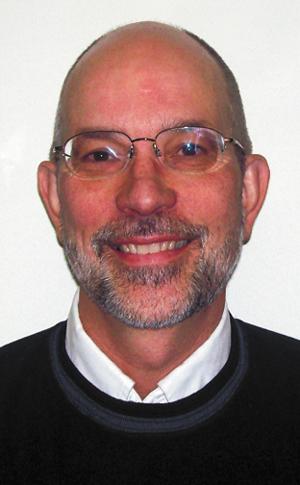
By Dan Ebener
Perhaps the most influential teacher of nonviolence since Mohandas Gandhi and Martin Luther King, Hildegard Goss-Mayr of Vienna has done more to steer humanity toward nonviolence than anyone in the past 40 years.
Father John Dear, a Jesuit peace activist, describes Goss-Mayr as the “world’s leading peacemaker.” Nominated for the Nobel Peace Prize three times, she has never sought international fame. On Sunday, Sept. 20 at 3 p.m., she will receive the Pacem in Terris Peace and Freedom Award at Christ the King Chapel on the campus of St. Ambrose University in Davenport.
Goss-Mayr’s forte has been to remain behind the political scenes, specializing in the training, education and coaching of nonviolent action. She has eluded the media attention received by many of her students and protégés, including Nobel Peace Prize winners Adolfo Perez Esquivel and Mairead Corrigan Maguire, and Bishops Oscar Romero and Dom Helder Camara.
Modesty and humility are two of the qualities that immediately come to mind when you interview Hildegard Goss-Mayr, as I did in May when I visited her in Vienna. Those qualities are matched with a fierce passion for world peace and an intense dedication to teach the ways of peace. She devoted her adult life to traveling the globe to guide political, religious and community leaders toward nonviolent direct action.
She and her husband, the late Jean Goss, focused their lives of peacemaking in areas of war-torn conflict. From the 1950s until Jean’s death in 1991, the couple worked behind the scenes to try to shape a just and peaceful settlement to international conflict. Outside the media spotlight, which usually was directed toward the war efforts and body counts, Hildegard and Jean were working in the trenches of peacemaking.
My interview with Hildegard focused on the question: How did you teach in these classrooms of peace? As teachers of peace, Hildegard and Jean developed a model of teaching nonviolence that needs attention and practice today.
The training manual she gave me during our visit draws heavily from the works of Gandhi, King and Jesus. She quotes King as saying, “Jesus has furnished the spirit, Gandhi has shown us how to use it.” She also taught from the manuscripts of other religions, depending on her audience. Her seminars focused first on converting hearts to the spirit of nonviolence, reflecting on the New Testament, Torah, Koran or other religious sources and philosophies.
Inspired by the work of Paulo Freire, the Brazilian educator, Hildegard and Jean’s practical model for teaching nonviolent action begins with the real-life experience of the people being trained. It then moves into a social analysis of the local situation and a search for what a nonviolent solution would look like. The response of active nonviolence, as distinguished from passivity, is analyzed, explored and explained.
Specific methods of nonviolence are clarified with examples from nonviolent struggles around the world. Examples include dialogue, negotiation, mediation, fasting, prayer, direct action, non-cooperation (such as strikes and boycotts), civil disobedience and alternative programs. A specific case of conflict was chosen by the participants and Hildegard and Jean facilitated a process where the group applied nonviolent action to each specific issue.
The group would spend days studying these issues and role playing suggested nonviolent scenarios, one case at a time. The socio-drama of role-playing is critical in mapping out the ideas for action, increasing the dedication to nonviolence and building the character of the participants. Each role play would be evaluated and replayed repeatedly until the group was confident to move into action.
Such discipline and creativity distinguishes the work of Hildegard Goss-Mayr from the usual preparations for social action. It helps explain why she was so successful in employing nonviolent direct action around the world, and why Hildegard is so richly deserving of our Pacem in Terris award.
(Dan Ebener is director of stewardship and parish planning for the Davenport Diocese.)








